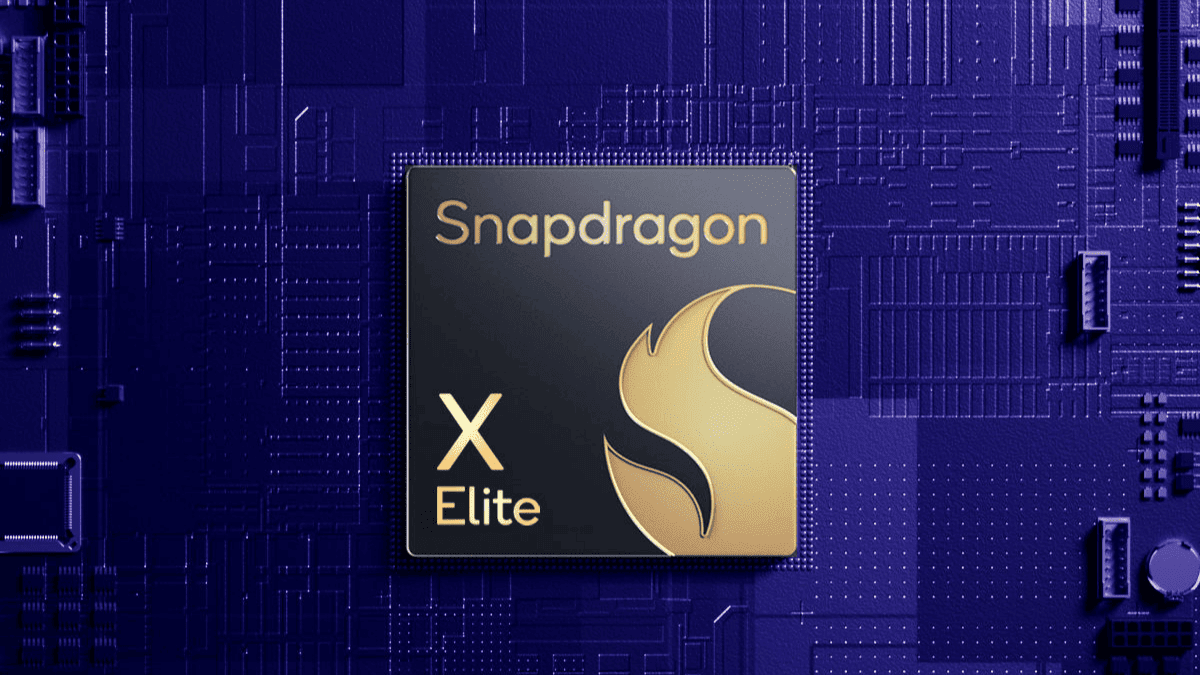Microsoft researchers create new curved camera sensor sharper than any commercial camera
2 min. read
Published on
Read our disclosure page to find out how can you help MSPoweruser sustain the editorial team Read more

Microsoft’s researchers have created a curved camera sensor which they say solves one of the biggest issues with creating high-quality digital images.
They note that lenses do not focus naturally on a flat surface like a camera sensor, but rather a curved spherical surface like the back of the eye.
This means that with flat sensors objects appear out of focus across the image. By curving the focal surface, Microsoft eliminates the need for the lens to address field curvature and can use the resulting optical design freedom to improve other aspects of the system. Specifically, the system can improve resolution, light-gathering capability, lateral chromatic aberration, distortion and illumination uniformity while also reducing system size, complexity and cost.
The improvements possible with curved sensors were well known, but it is quite difficult to curve the monocrystalline silicon sensors without cracking and deforming them. Microsoft has developed a technique using pneumatic pressure which leaves the sensor free to move across the mold, which reduces the stress of the process and results in a process which is fast, cheap and reliable.
The resulting lenses have twice the curvature as the previous state of the art, and allows a cheap CMOS sensor to produce sharper images than a Canon Canon 50 mm f/1.2 lens mounted on a Canon 1DS Mark III professional camera body.
Microsoft notes that at a resolution of 3220 (center) and 1732 (90% field) line widths of resolution per picture height, the camera resolves more detail and has more uniform illumination than a much larger professional 35mm camera system fitted with a f/1.2 50mm lens.
The flexible bending process is scalable to any die size, optically precise even for fast lenses, and compatible with cost effective, large-scale manufacturing processes, and while it is not yet ready for camera phones, Microsoft is already working with manufacturers to implement the technology in other areas as diverse as photography, videography, computer vision and automation, reconnaissance and surveillance imaging, microscopes, and telescopes, among others.
More details have been published in an Optical Society paper. The full paper can be read here.










